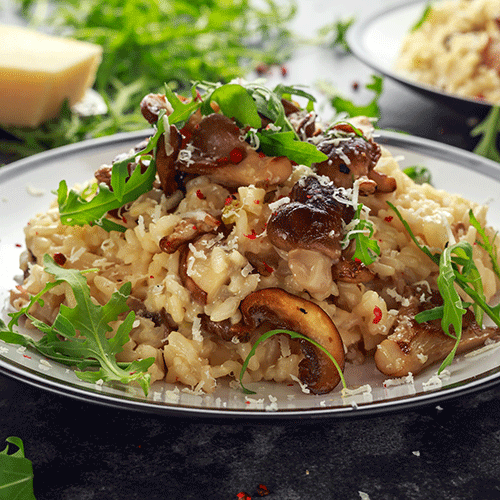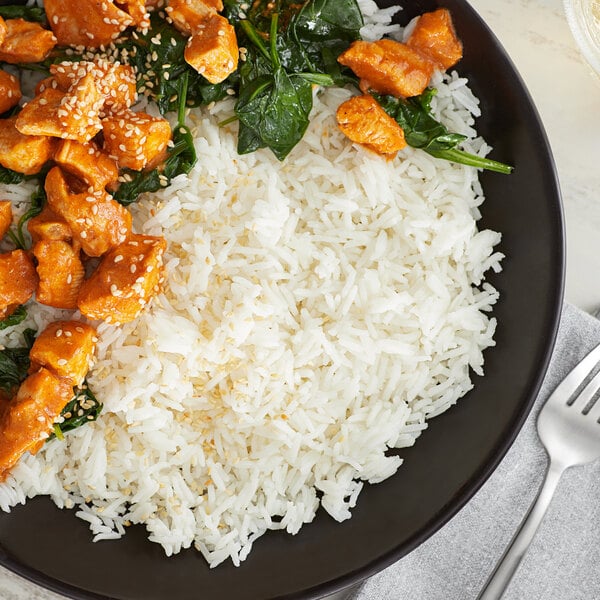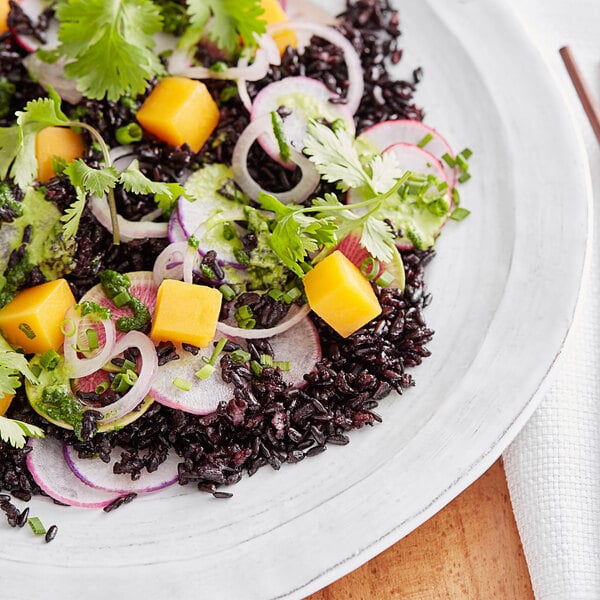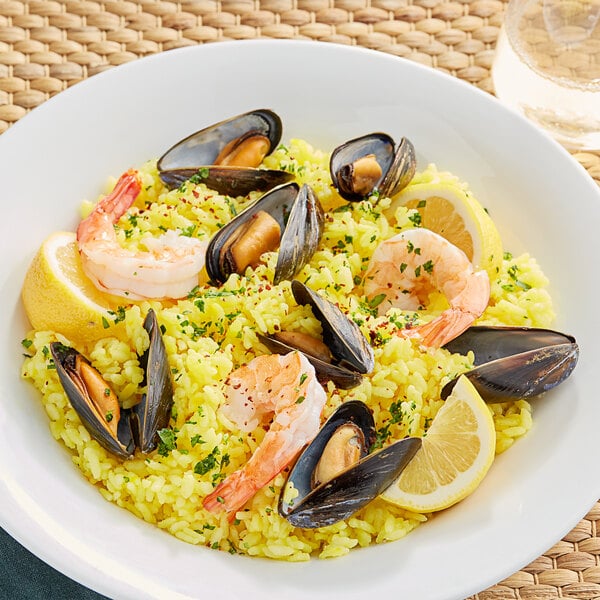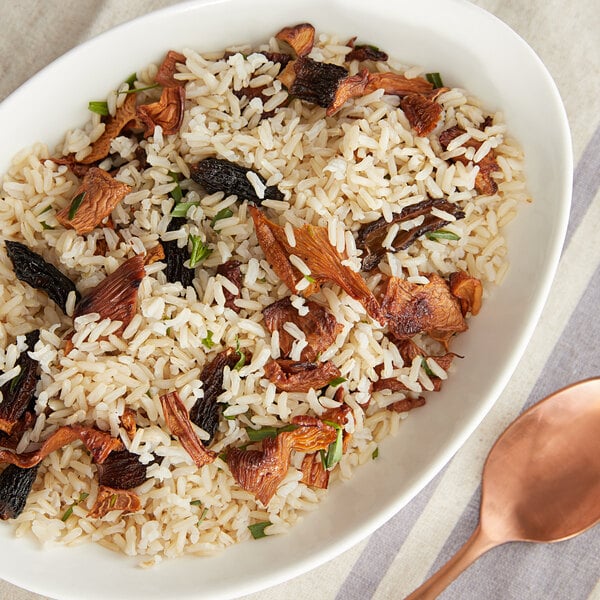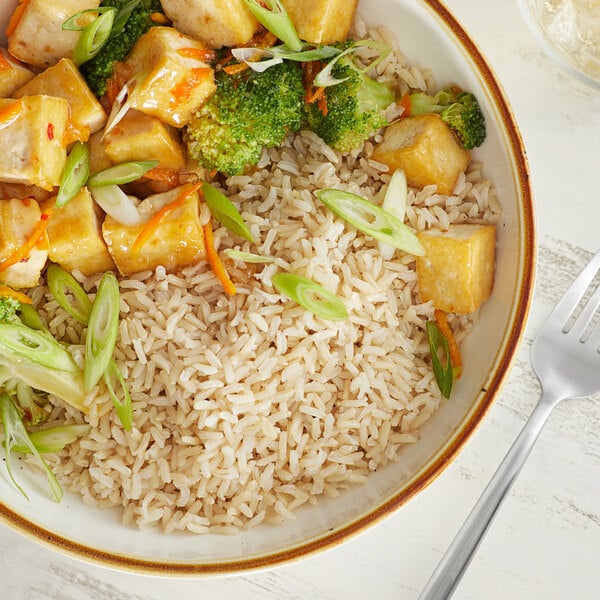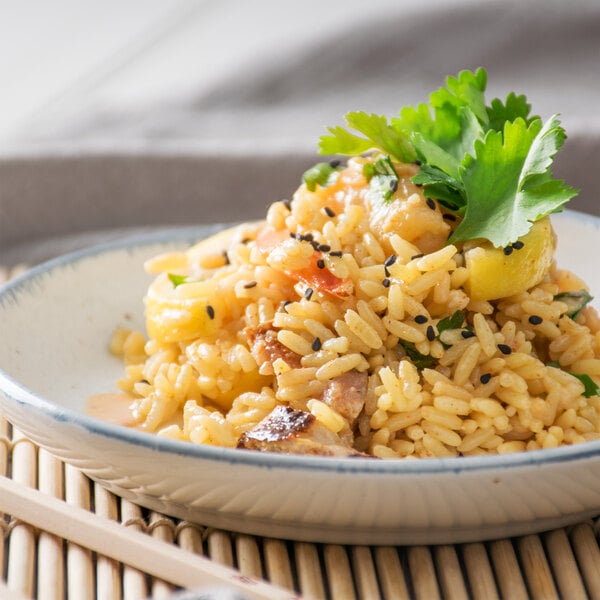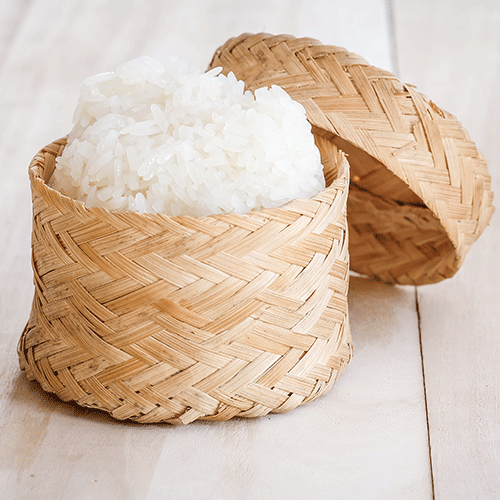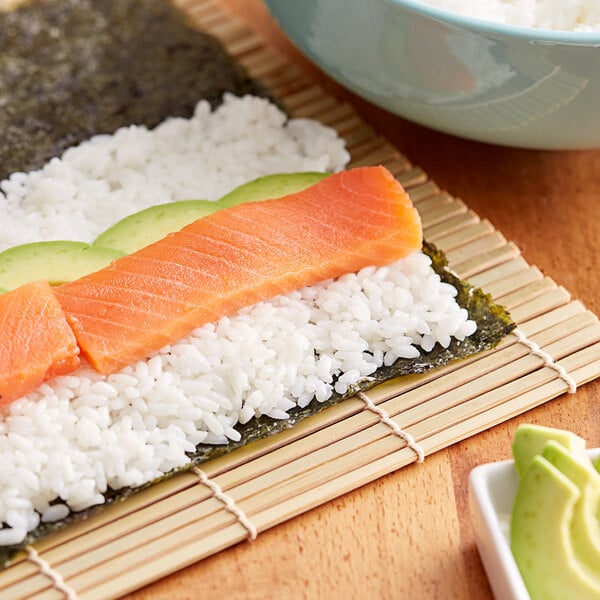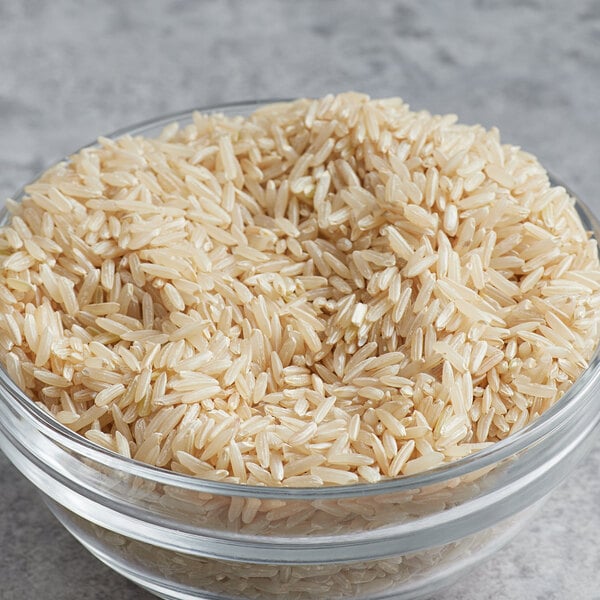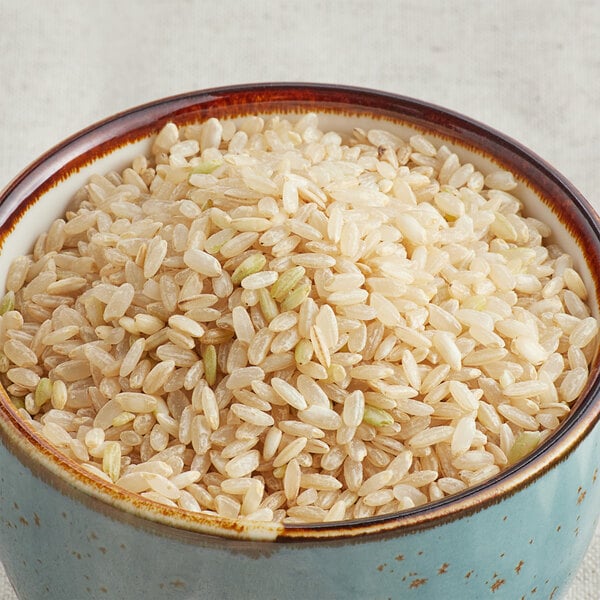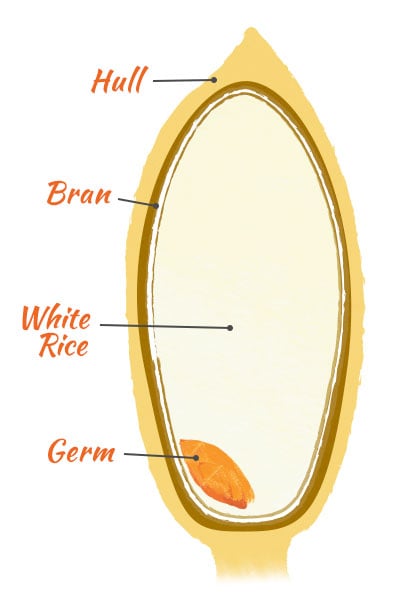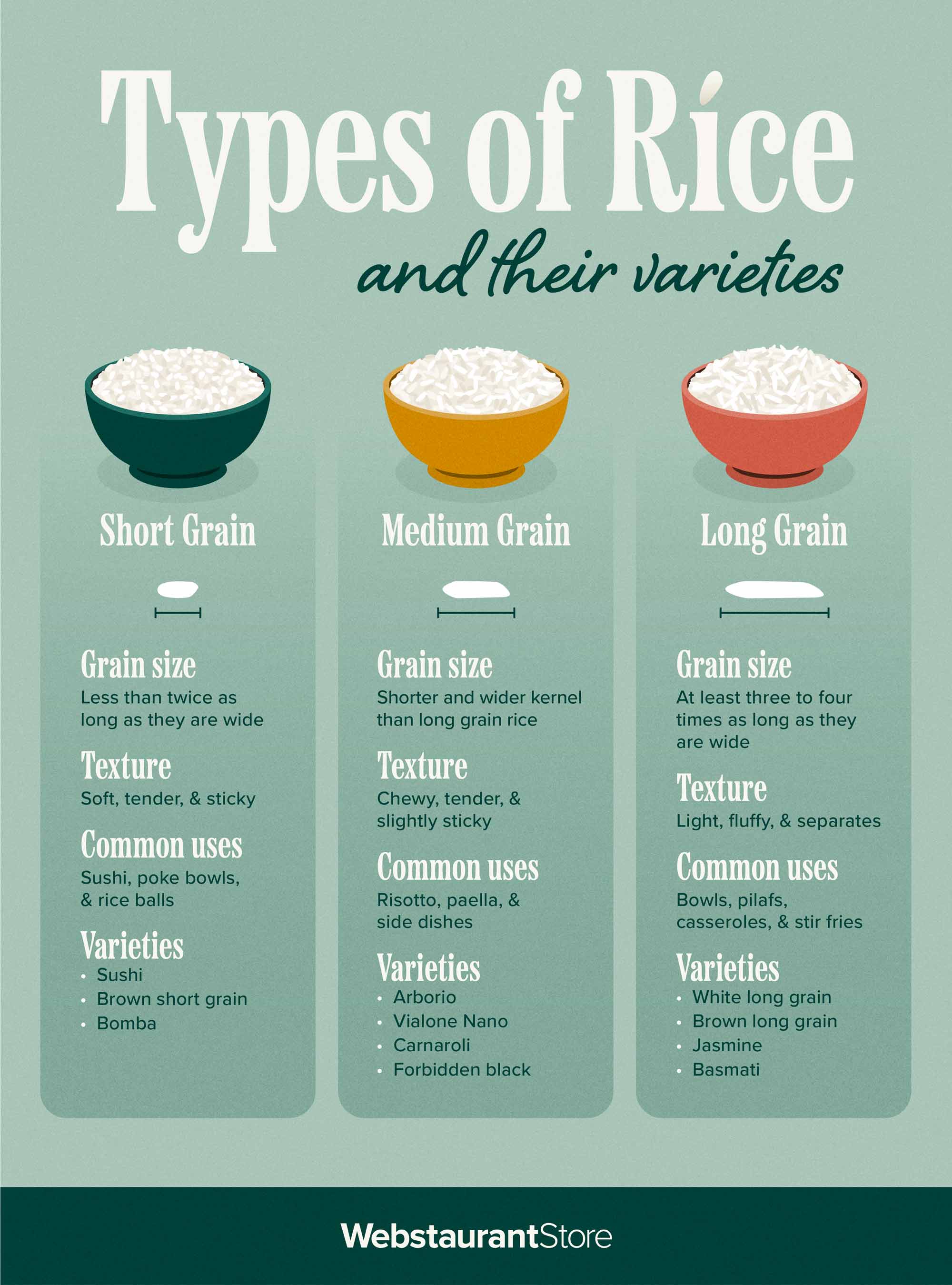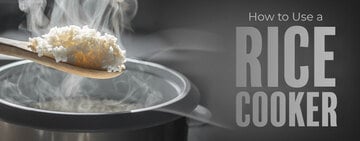Read on to learn the answers to some frequently asked questions about rice.
What Is Wild Rice?
Wild rice is actually not a variety of rice at all but instead come from the seeds harvested from four types of semi-aquatic grasses that are native to North America. Wild rice has a long grain size and has a more pronounced earthy and nutty flavor and firm texture. Wild rice can be prepared similarly to white or brown rice, but with a longer cook time, and is great for using in soups, casseroles, and rice pilafs.
What Is Converted Rice?
Converted rice, also known as parboiled rice, is a type of rice that's been partially boiled and dried, which allows the rice to retain more nutrients compared to ordinary white rice.
What Is Yellow Rice?
Yellow rice is long-grain white rice that is flavored and turned yellow with the addition of saffron or turmeric. It is popularly used in many different cuisines, including South and Central American, South African, Indian, and Asian cuisines.
Do You Have to Wash Rice?
Yes - rinsing your rice prior to cooking it will eliminate any pesticides that may still be on the grain, help give it a consistent texture, and also gets rid of excess starch. Generally it is a good idea to rinse most types of rice, but always be sure to check the packaging on your rice first. Some rice comes enriched with water-soluble vitamins and minerals, which will dissolve if the rice is rinsed.
What Is Polished Rice?
Polished rice, which is another name for white rice or milled rice, is rice that has been milled to remove the husk, bran, and germ and is polished to have a shiny white color. Polished rice cooks much faster than unpolished, or brown, rice but has less nutritional value than unpolished rice.



